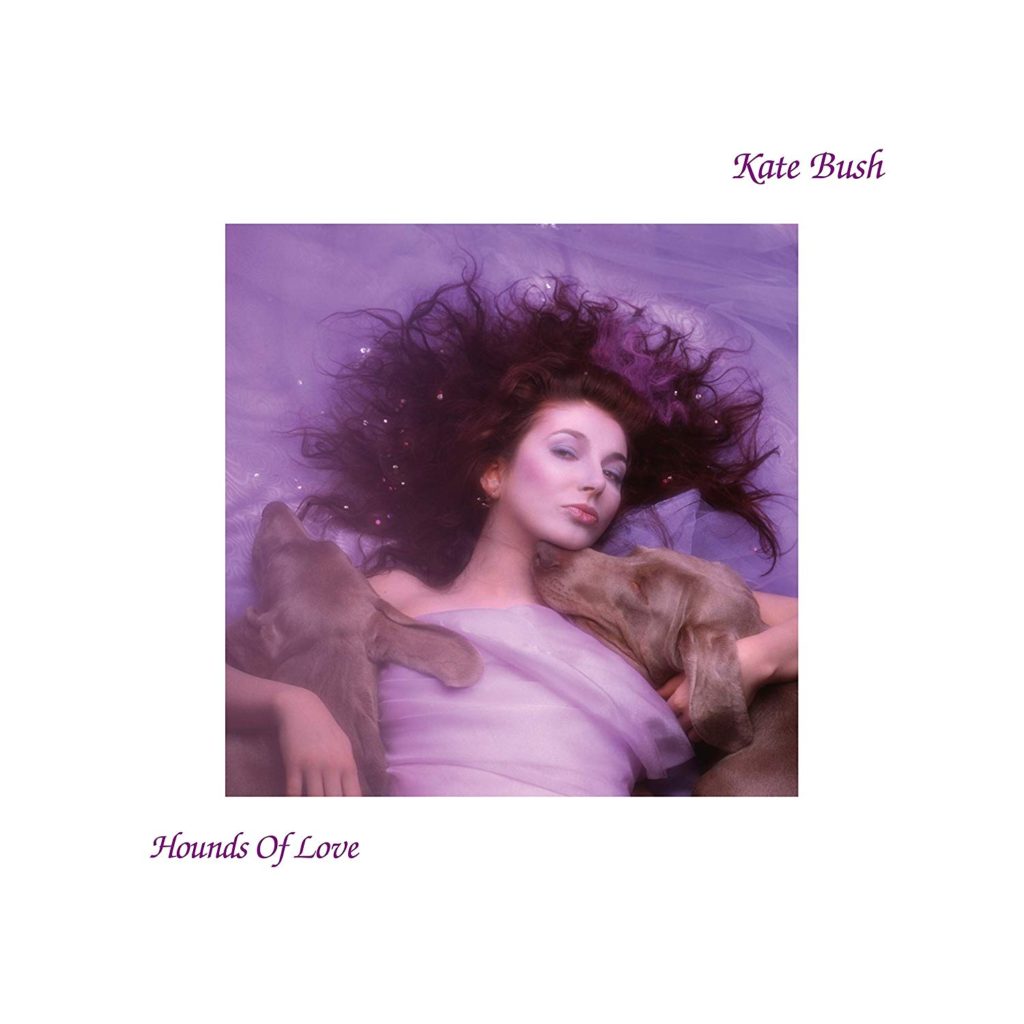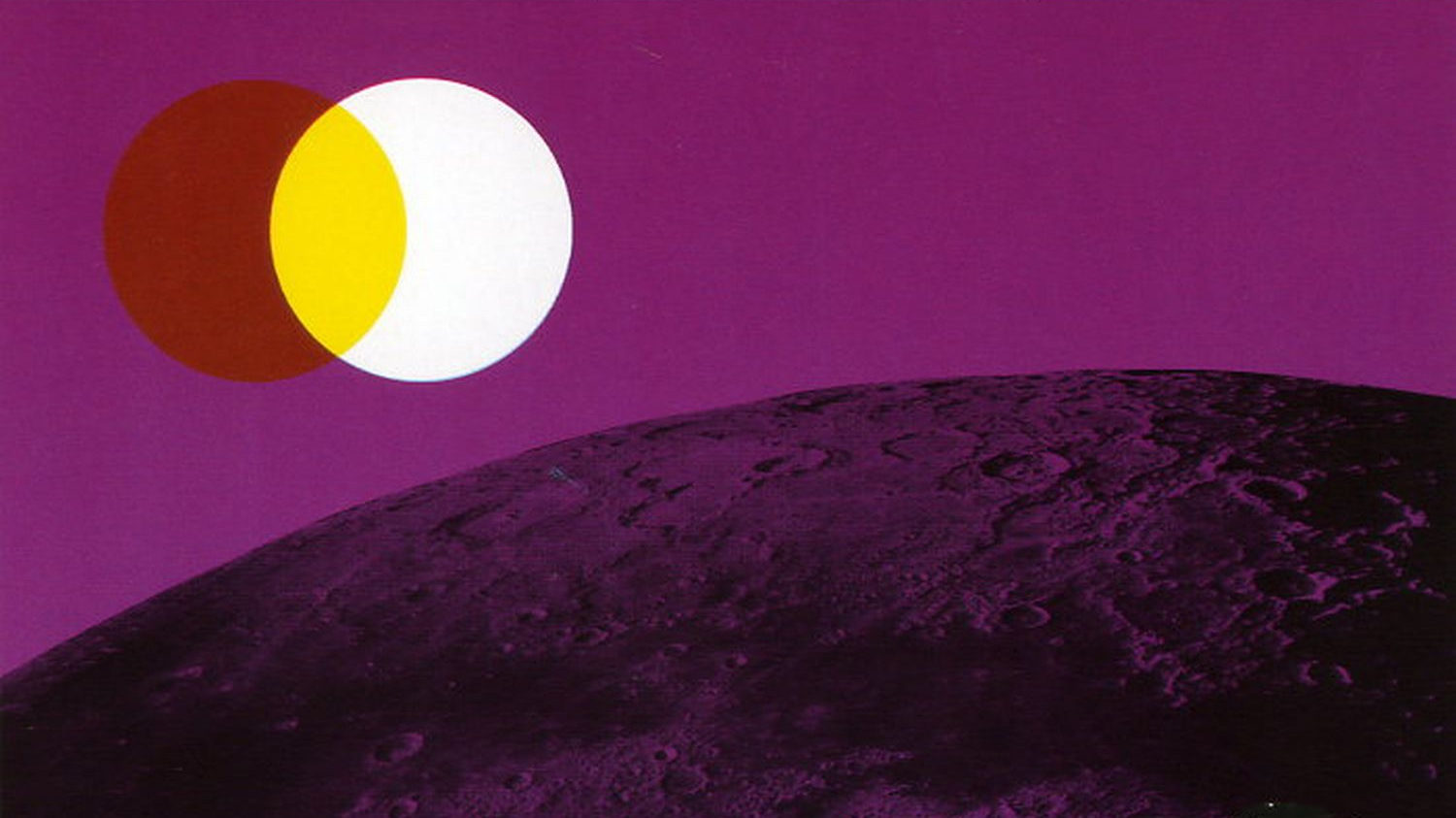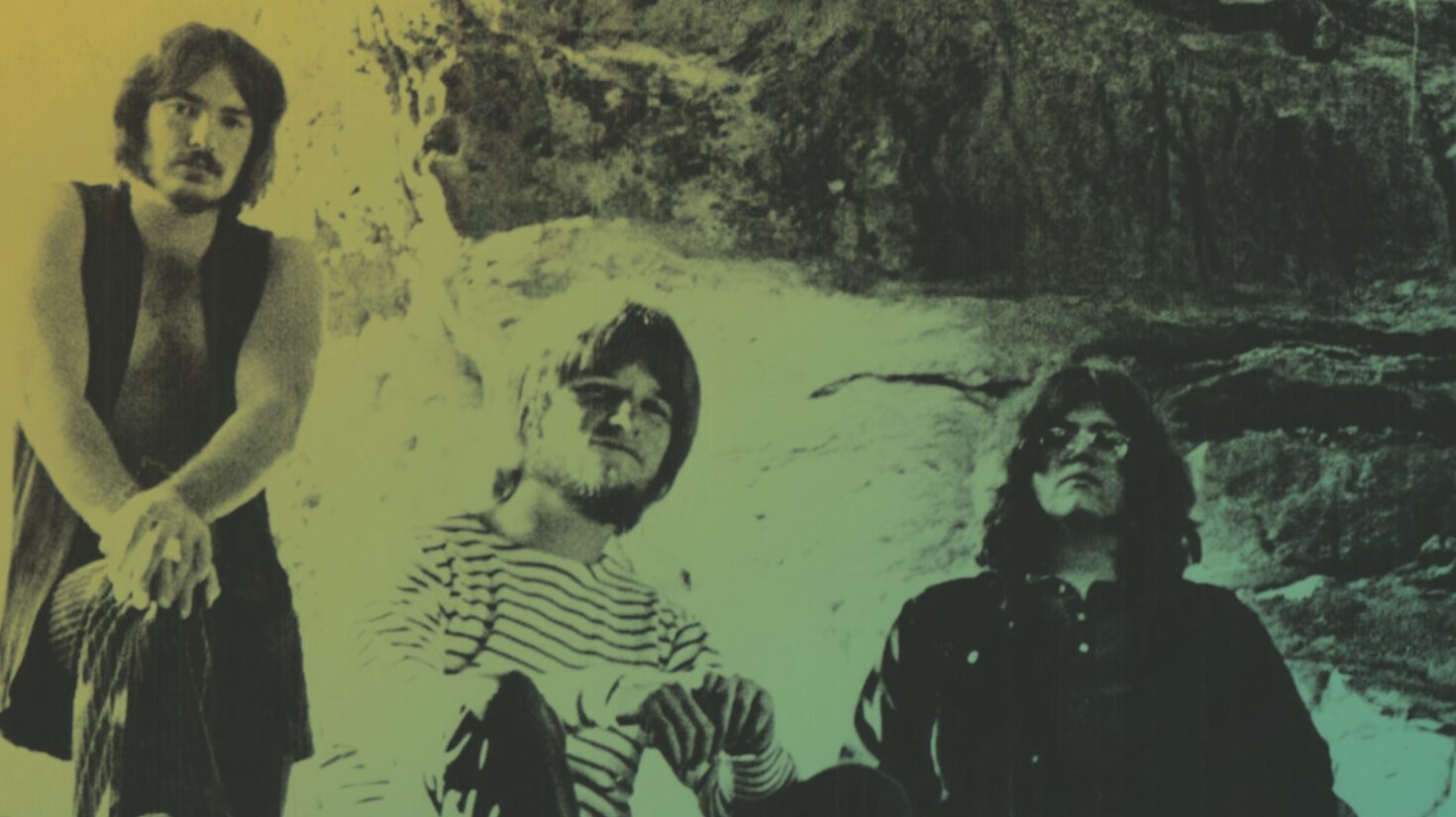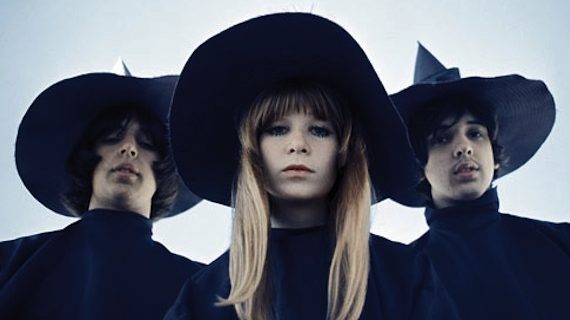
With her arresting fifth album, Kate Bush sought to dramatically expand the boundaries of her already-formidable craft. It would not only represent a turning point in her career, but for modern pop music as well.
Few artists have ever made as bold of an arrival as Kate Bush did with her debut single, “Wuthering Heights,” in 1978. The song’s melodic complexity and poetic lyrics, its eye-catching music video, and widespread conversation about Bush’s age – nineteen at the time of its release – made her an immediate sensation in her native Britain. The track spent several weeks at the top of the charts – the first time a female artist reached #1 in the UK with a self-penned song – and the release of its parent album, The Kick Inside, only further confirmed her remarkable talents. As quick as her rise to stardom was, Bush’s retreat from it was nearly as rapid. Following the release of 1978’s Lionheart – a hurried follow-up to The Kick Inside – Bush and her band embarked on a grueling six-week tour. While “The Tour of Life” was an unquestioned success – one that confirmed the full range of Bush’s artistic capacities – her complete oversight of its production proved to be exhausting. She would not tour again for over thirty-five years.
Bush’s departure from stage performance enabled her to focus on her work in the studio. The first fruits of this labor, 1980’s Never for Ever, found Bush assuming co-production duties with Jon Kelly on a set of tracks that explored a wider sonic palette. Of particular significance was Bush’s first use of the Fairlight CMI synthesizer – the instrument that would dominate her next album. 1982’s The Dreaming represented a true turning point in Kate Bush’s career. Entirely self-produced, the album was a forceful rejection of commercialism. Nearly two years in the making, The Dreaming’s sparse and surrealistic nature confounded critics and fans alike. Despite the release of five singles, the album failed to match the success of her earlier work. Only in recent years has its song craft and pioneering use of sampling led to a rebound of the record’s critical reputation. Much of this reassessment has to do with the necessary step that The Dreaming represents on the road to its follow-up, 1985’s Hounds of Love.
Demo sessions for Kate Bush’s fifth album began in early 1984, following a break of several months; which included the construction of a studio on the grounds of her parents’ farm in Welling, England. Working from home, Bush was able to approach recording the songs that would become Hounds of Love at a pace that suited her. This ultimately allowed for an album that would combine the exploratory nature of The Dreaming with a set of songs that became more refined as they progressed from demos to finalized recordings.
Any critical examination of Hounds of Love is likely to focus on the dichotomy between the LP’s drastically different sides. The first half – also titled “Hounds of Love” – is Kate Bush’s best impression of a straightforward pop album, and a damn-near perfect one at that. Featuring the record’s four massive singles, “Hounds of Love” is Bush at her most direct and immediate. In contrast, the second side suite, “The Ninth Wave,” is a winding and cryptic semi-narrative – one that largely eschews the pop conventions of the record’s first side. Though one side may ultimately loom larger in the minds of each individual listener, it’s their juxtaposition that helps to make Hounds of Love such a fascinating listen.
Released six weeks before the album, lead single “Running Up That Hill” also serves as the opener to Hounds of Love. Nowhere in Kate Bush’s catalog is she more conventionally approachable than she is on the track, but Hounds of Love’s signature song is also a remarkable piece of production in its own right. Featuring layers of Fairlight synth – ethereal washes and punchy, yelping jabs – coupled with a galloping beat and emphatic drum fills, the track creates an icy atmosphere that becomes more hypnotic with each repetition. As it builds over the course of its five minutes, “Running Up That Hill” displays increasingly bold use of the Fairlight’s sampling capabilities – particularly as Bush’s vocals are chopped and manipulated beyond recognition. It all makes for an audacious combination of the organic with the electronic, and to simply call “Running Up That Hill” one of the most compelling singles of the entire 1980s is to do the track a great disservice. It is pop art for the ages.
Hounds of Love’s triumphant title track follows – highlighting Bush’s vocals with what may be her strongest performance on the album. The track matches Bush’s orchestral Fairlight samples with an acoustic cello, played in a brisk staccato to match the song’s urgently poetic lyrics and tribal rhythmic backing. The aptly titled “The Big Sky” is next, with its similarly cavernous drum sound, and booming bass courtesy of Killing Joke member – and future Paul McCartney collaborator – Youth. Side A’s penultimate track – and its most reserved – is “Mother Stands for Comfort,” a piano-based ballad that adds Fairlight flourishes and a fretless bass to match the art pop nature of its surroundings. The “conventional” side of Hounds of Love closes with the masterful “Cloudbusting.” Its martial drumbeat, lush acoustic/electronic arrangement, and backing choral vocals make it the warm counterpart to the icy brilliance of “Running Up That Hill.”
That warmth quickly dissipates as the needle drops on Hounds of Love’s second side; the seven-part “The Ninth Wave.” Taking its title from Tennyson’s “The Coming of Arthur” – part of a long line of literary references in Bush’s body of work – “The Ninth Wave” veers between piano balladry, nightmarish electro-pop, and traditional Celtic folk, all while depicting its protagonist’s perilous near-drowning experience. It’s daringly experimental and abstract, but it’s also deeply affecting, and little less than brilliant. Paying homage to Bush’s progressive rock roots – she had first been discovered by David Gilmour and had a long musical history with Peter Gabriel – “The Ninth Wave” was defiantly conceptual and anti-commercial, but following the “big pop” moments of Hounds of Love’s first half, its theatrical indulgences come across as fully-earned.
Hounds of Love debuted at the top of the British charts upon its release – knocking Madonna’s Like a Virgin from the #1 spot, in a rare triumph of art over artifice. The record drew immediate critical acclaim in the UK, (critical and commercial reception in the U.S. was mixed). Each of the album’s four singles (“Running Up That Hill,” “Cloudbusting,” “Hounds of Love,” and “The Big Sky”), landed in the UK top 40, propelled by their music videos, which served in lieu of an accompanying promotional tour. With the relative failure of The Dreaming firmly behind her, it seemed as if Kate Bush was set to reclaim her position as one of Britain’s most successful pop stars. However, her reluctance to return to the stage, and another lengthy wait for its follow-up – 1989’s The Sensual World– ultimately muted Hounds of Love’s success.
Far more than its commercial impact, Hounds of Love would achieve legendary status through its effect on subsequent generations of forward-thinking musicians. While artists from John Lydon to OutKast have enthusiastically cited her as a critical influence on their own work, it’s particularly difficult to imagine idiosyncratic female artists such as Björk, St. Vincent, Joanna Newsom, and Janelle Monáe paving their own paths to critical and commercial acknowledgement without the template established by Kate Bush. Her ability to carve out a career that defied the industry’s expectations of female artists was enabled by her outsized talent, every bit as much as it was by any bold refusal of compliance. In fact, if you scour the history of popular music, it’s reasonable to reach the conclusion that such a level of “merit-based eccentricity” had rarely – if ever – been granted to a female artist prior to Hounds of Love. The world of pop music would grow far more rich in its wake.




